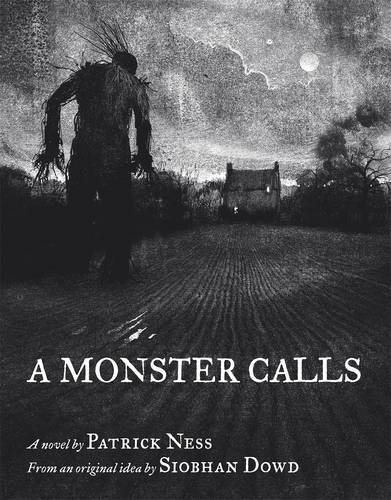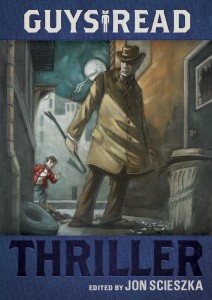Now that 2012 is upon us and the holidays are nearly over, I’m ready to get back into some serious writing. I spent the time between Thanksgiving and Christmas revising my middle grade science fiction adventure, so I decided to share some things I’ve learned now that I’ve been through extensive revision processes with my first two books. For this one, I wanted to approach it more systematically than I have in the past, in hopes that it would make the process easier and I wouldn’t end up like the poor writer in the photo.
Once I have a draft I’m fairly happy about, I go back and revise by chapters, trying to ensure each chapter holds together as a unit itself and adds to the story as a whole. The chapter checklist below is something I came up with to make sure I’m not missing anything in a particular chapter. It works well for my type of plot-based stories, but I’d be curious to see how others writing more character-focused stories approach the process.
So here’s my worksheet for each chapter:
1. Chapter # ___
2. Chapter length in pages____
3. What event makes the plot move forward?
4. Which new characters are introduced and what does reader learn about them?
a. if the goal is to make the reader like the character, how is this achieved?
b. if the goal is to make the reader dislike the character, how is this achieved?
c. if the goal is to leave the reader unsure about the character, how is this achieved?
5. How are existing characters or character relationships developed?
6. Is there backstory? Is it woven into the action? (avoiding the dreaded information dump!)
7. Worldbuilding/Setting details-What senses are used to describe setting?
sight
sound
touch
taste
smell
8. How is the theme developed?*
a. External conflict – what actions/information add to the theme?
b. Internal conflict-how do the characters change/develop?
9. Chapter ending-why would reader want to continue to the next chapter?
*My main goal is to tell a good story, but I’ve come to realize by reading some of the reviews of my books that my themes may not be obvious enough. By trying not to hit the reader over the head with the message, I’ve sometimes gone too far in the other direction and made it too hard to recognize there is a theme. I’m still trying to find the right balance of theme development without ruining the pacing of the story.
How does this compare to your revision methods? Any other tips you’d like to add?
~ Dee Garretson


































